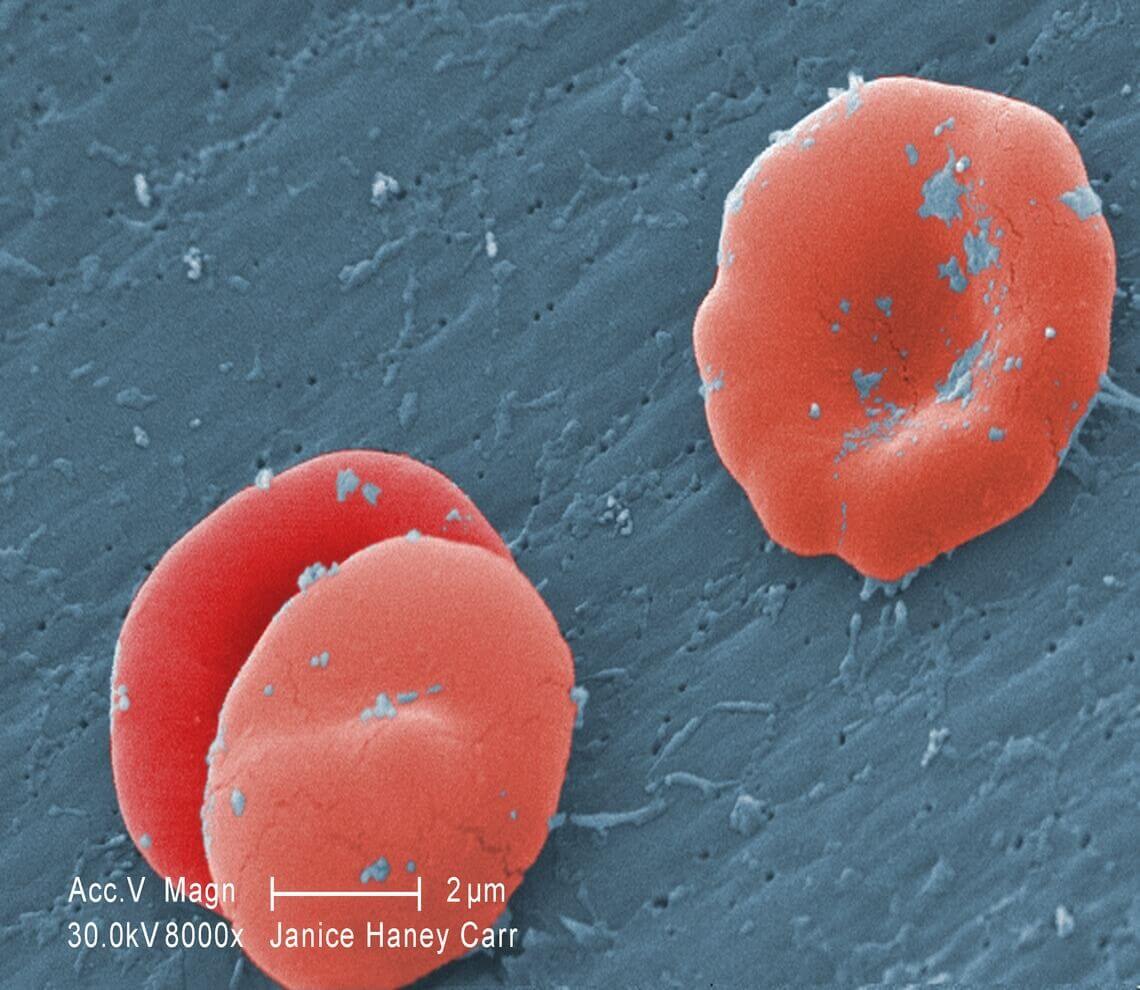- Our Suppliers
- MBS Monoclonals
- Alanine Glyoxylate Aminotransferase (AGXT, AGT, AGT1, AGXT1, PH1, Serine pyruvate aminotransferase, SPAT, SPT, TLH6) Antibody
Product short description
Price:
553 EUR
Size:
100ul
Catalog no.:
GEN631865
Product detailed description
Gene name
N/A
Gene name synonims
N/A
Concentration
N/A
Other gene names
N/A
Clone
10K397
Immunoglobulin isotype
IgG2b,k
French translation
anticorps
Category
Antibodies
Clonality
Monoclonal
Host organism
Mouse (Mus musculus)
Subcategory
Mnoclonal antibodies
Source organism
Human (Homo sapiens)
Also known as
Alanine Glyoxylate Aminotransferase
Tested applications:
ELISA (EL/EIA), Immunofluorescence (IF)
Other names
alanine glyoxylate aminotransferase; N/A
Purification method
Purified by ammonium sulfate precipitation.
Form/Appearance
Supplied as a liquid in PBS, pH 7.4, 0.1% sodium azide.
Properties
If you buy Antibodies supplied by MBS Monoclonals they should be stored frozen at - 24°C for long term storage and for short term at + 5°C.
Species reactivity
Human (Homo sapiens); Due to limited knowledge and inability for testing each and every species, the reactivity of the antibody may extend to other species which are not listed hereby.
Specificity and cross-reactivity
Recognizes human AGXT.; Since it is not possible to test each and every species our knowledge on the corss reactivity of the antibodies is limited. This particular antibody might cross react with speacies outside of the listed ones.
Storage and shipping
Store the antibody at +4 degrees Celsius for short term storage.. Aliquot to avoid repeated freezing and thawing. For optimal long term storage, the antibody should be kept at -20 degrees Celsius. Aliquots are stable for at least 12 months. For maximum recovery of product, centrifuge the original vial after thawing and prior to removing the cap.
Description
Serine protease, D- or L-serine arginine rich enzyme of serine threonine kinase with serine that is encoded by the codons UCU, UCC, UCA, UCG, AGU and AGC is an ɑ-amino acid that is used in the biosynthesis of proteins. It contains an α-amino group (which is in the protonated −NH+
3 form under biological conditions), a carboxyl group. It is non-essential in humans, meaning the body can synthesize it.
© Copyright 2016-Tech News . Design by: uiCookies

